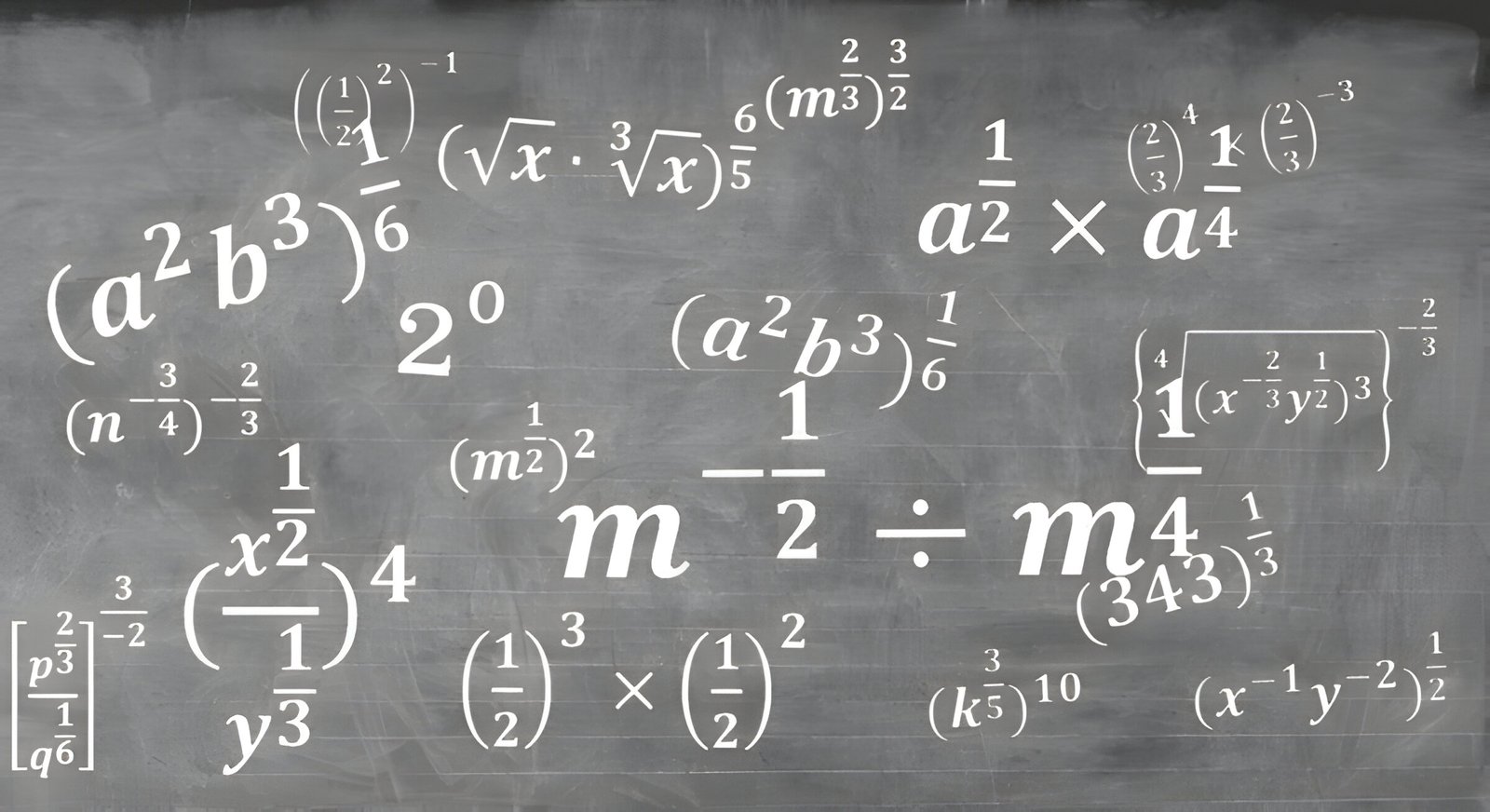Image Credit: Shutterstock
Dividing fractions with whole numbers can be a challenging task for many. This mathematical operation is essential for problem-solving in various fields, from everyday calculations to advanced mathematics. Understanding how to divide fractions with whole numbers is crucial for students and professionals alike, as it forms the foundation for more complex mathematical concepts.
This guide aims to break down the process of dividing fractions with whole numbers into simple, easy-to-follow steps. It will cover the basics of fractions and whole numbers, explain the step-by-step process of division, and provide tips for simplifying fractions. By the end of this article, readers will have a solid grasp of how to tackle these calculations with confidence, whether they’re using a fraction calculator or solving problems by hand.
Table of Contents
ToggleUnderstanding Fractions and Whole Numbers
What are fractions?
Fractions are numerical expressions that represent parts of a whole or ratios between quantities. They consist of two numbers separated by a horizontal line. The upper number, called the numerator, represents how many parts of the whole are taken. The lower number, called the denominator, represents the total number of equal parts in the whole. For example, in the fraction 3/5, 3 is the numerator and 5 is the denominator.
What are whole numbers?
Whole numbers are the set of natural numbers starting from 0 and continuing indefinitely. They include all positive integers and zero, without any fractional or decimal parts. Whole numbers are represented by the symbol “W” and can be written as W = {0, 1, 2, 3, 4, 5, …}. These numbers are used in everyday counting and arithmetic operations.
The relationship between fractions and whole numbers
Fractions and whole numbers have a close relationship. While fractions represent parts of a whole, whole numbers represent complete wholes. Whole numbers can be expressed as fractions by placing them over 1. For instance, 5 can be written as 5/1. Conversely, fractions can be converted to whole numbers by dividing the numerator by the denominator, provided the division results in a whole number. This relationship allows for seamless transitions between these two numerical representations in mathematical operations.
Also Read: How to Tell if a Girl Likes You: Top 10 Signs to Watch
The Step-by-Step Process
Dividing fractions with whole numbers can be simplified using the “keep, switch, flip” method, also known as multiplying by the reciprocal. This process involves three main steps:
Step 1: Convert the whole number to a fraction
To begin, transform the whole number into a fraction by placing it over 1. For example, 5 becomes 5/1.
Step 2: Flip the second fraction (reciprocal)
Next, find the reciprocal of the fraction given as a divisor. This means switching the numerator and denominator. For instance, if the fraction is 2/3, its reciprocal is 3/2.
Step 3: Multiply the fractions
Finally, multiply the two fractions obtained from steps 1 and 2. To do this, multiply the numerators together and then multiply the denominators together.
For example, to divide 7 by 2/3:
- Convert 7 to 7/1
- Flip 2/3 to 3/2
- Multiply: (7/1) × (3/2) = 21/2
After multiplication, simplify the resulting fraction if needed. If the numerator is larger than the denominator, convert it to a mixed number.
Also Read: How to Tell if a Girl Likes You: Top 10 Signs to Watch
Conclusion
Mastering the division of fractions with whole numbers opens up a world of mathematical possibilities. This guide has broken down the process into easy-to-follow steps, making it accessible to learners at various levels. By understanding the relationship between fractions and whole numbers, and applying the “keep, switch, flip” method, students can tackle these calculations with confidence.
The skills learned here have a big impact on problem-solving in everyday life and advanced math alike. Whether you’re using a calculator or working it out by hand, these techniques provide a solid foundation to build on. Remember, practice makes perfect, so keep working on these problems to sharpen your skills. With time and effort, dividing fractions with whole numbers will become second nature, paving the way for more complex mathematical concepts.
FAQs
Q: What is the process for dividing fractions by whole numbers?
A: To divide a fraction by a whole number, first convert the whole number into a fraction by placing it over 1. Then, switch the numerator and denominator of the whole number’s fraction and change the division sign to a multiplication sign. Next, multiply the numerators together and the denominators together. Finally, simplify the resulting fraction to its lowest terms.
Q: How can a 5th grader divide a whole number by a fraction?
A: A 5th grader can divide a whole number by a fraction by first converting the whole number into a fraction (by putting it over 1), then taking the reciprocal of the fraction to be divided by (switching its numerator and denominator), and changing the division operation to multiplication. Multiply the resulting fractions and simplify if possible.
Q: What is the method to solve operations involving fractions and whole numbers?
A: To solve operations involving fractions and whole numbers, convert the whole number into a fraction by writing it over 1. Depending on the operation, you may need to find a common denominator, multiply, or take the reciprocal of the fraction before proceeding with multiplication or addition.
Q: How can one handle fractions in a step-by-step manner?
A: Handling fractions step-by-step typically involves identifying the operation required (addition, subtraction, multiplication, division), finding a common denominator if necessary, performing the operation, and then simplifying the fraction to its lowest terms. For multiplication and division, remember to multiply across the numerators and denominators, and for division, multiply by the reciprocal of the divisor.




